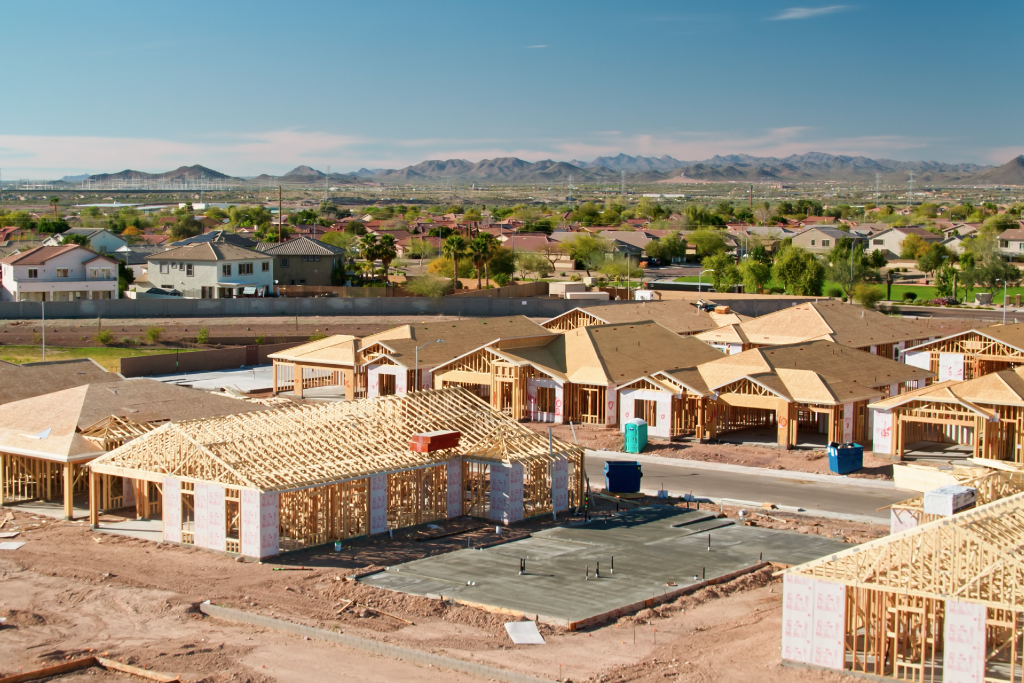The National Housing Deficit Grew by 159,000 Homes in 2023, Reaching 4.7 Million
The pandemic homebuilding surge was not enough to make up lost ground

The pandemic homebuilding surge was not enough to make up lost ground

Key Findings:
The Housing Crisis Continues
Since the 2008 financial crisis, America hasn’t built enough homes. This forces many families to share living spaces with people outside their family. By 2019, nearly twice as many families were sharing homes with non-relatives compared to the number of homes available to buy or rent. Despite a construction surge during the pandemic, this housing shortage persists.
The numbers tell the story: In 2023, only 3.4 million homes sat vacant and available for rent or sale, according to Census data. Meanwhile, 8.1 million families shared their homes with unrelated people. While some people choose to live with roommates, most of these families would likely prefer their own place if they could afford it.
Construction Boom Slows the Problem But Didn’t Solve It
The pandemic homebuilding surge helped slow the growth of the housing deficit but couldn’t eliminate it. The deficit grew by 159,000 homes in 2023—still an increase, but smaller than 2022’s jump of 257,000 homes. In total, roughly 1.4 million homes were added in 2023, up from 1.3 million the year before.
While the total number of families in America increased, fewer new families had to share homes compared to 2022. This suggests more families found their own places to live.
Millennials To Benefit Most from New Housing
Millennials represent the largest group of people sharing homes with non-relatives. In 2023, they made up 38% of families living with non-relatives, followed by Gen Z at 29%, Gen X at 17%, and Baby Boomers and older generations at 16%.
Five Worst Housing Deficits In 2023
| Metro | Total Available Housing Units | Number Of Families Doubling Up In Shared Housing |
| San Jose | 19,030 | 75,408 |
| San Diego | 26,824 | 122,655 |
| San Francisco | 51,356 | 191,346 |
| Boston | 32,756 | 183,297 |
| Los Angeles | 114,244 | 452,994 |
Five Worst Housing Deficits In 2022
| Metro | Total Available Housing Units | Number Of Families Doubling Up In Shared Housing |
| San Jose | 18,084 | 75,640 |
| San Francisco | 47,454 | 198,945 |
| San Diego | 26,331 | 120,570 |
| Boston | 31,941 | 187,053 |
| Los Angeles | 113,243 | 449,971 |
Four out of the 5 worst housing deficits are in California. Since 2022, San Jose has maintained the worst housing deficit in the country. Before the pandemic, San Francisco was the metro with the worst housing deficit.